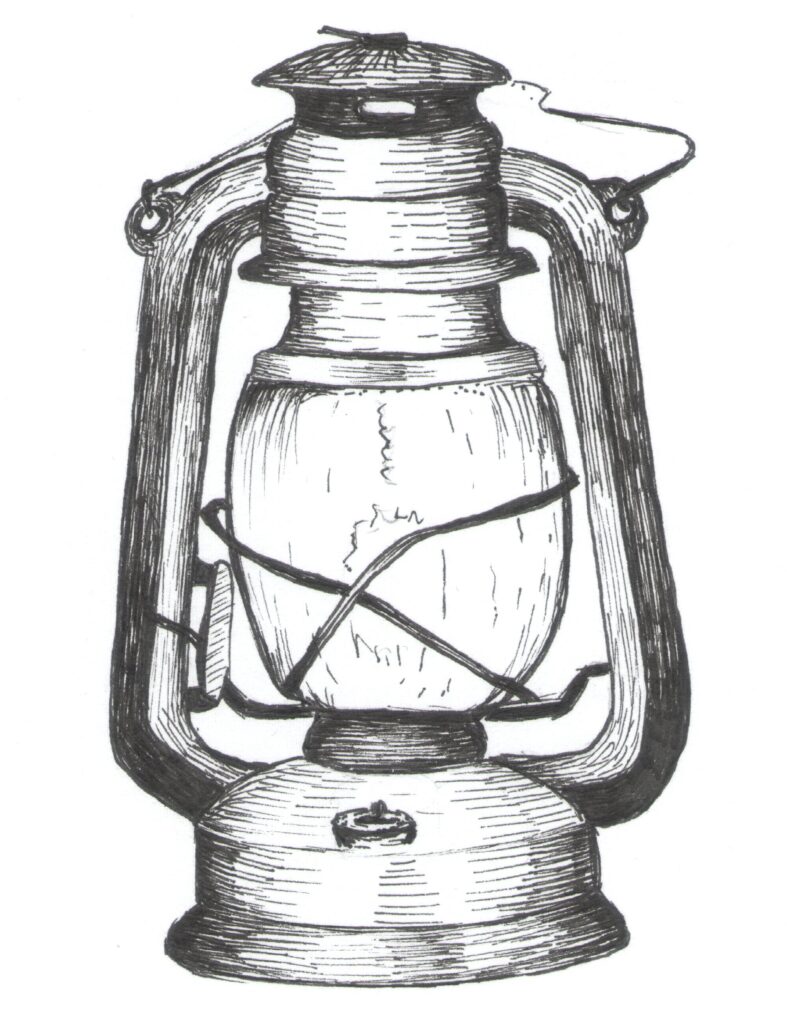
When you solve a substantial amount of mathematical problems in a certain domain, you cultivate a sense on whether a solution is correct or not. This is an intuitive feeling that says, Yes, this answer is right. It isn’t quite a cognitive understanding. It’s much more feeling based. It’s much more body based.
But this skill of knowing what the best approach is—in other words, whether the answer is right—is built on a foundation of deep understanding.
Sometimes we kind of need to tinker with something for a while before we get a sense of what works and what doesn’t. Sometimes we need to iterate and experiment to acquire deep understanding. This idea doesn’t just apply to analytical fields like math or science. It can apply to anything.
In contrast to, say, high school math, real-life challenges often have more than one solution. Real-life challenges are more open-ended. Difficult challenges have layers of complexity. You can’t just solve for x. There isn’t one right answer. Some solutions are better than others. Some approaches are harmful. Others are constructive.
That said, paying attention to how the answer feels, can still be used as a guiding light. If we learn to cultivate an intuitive sense of when something feels right, we can navigate towards a solution that will work. We can navigate towards a solution that is in inner alignment. Tinker and ask yourself, Does this (approach, solution, interpretation, idea) feel right?